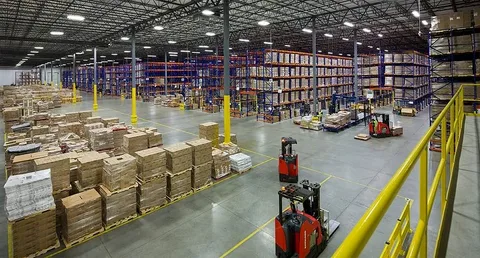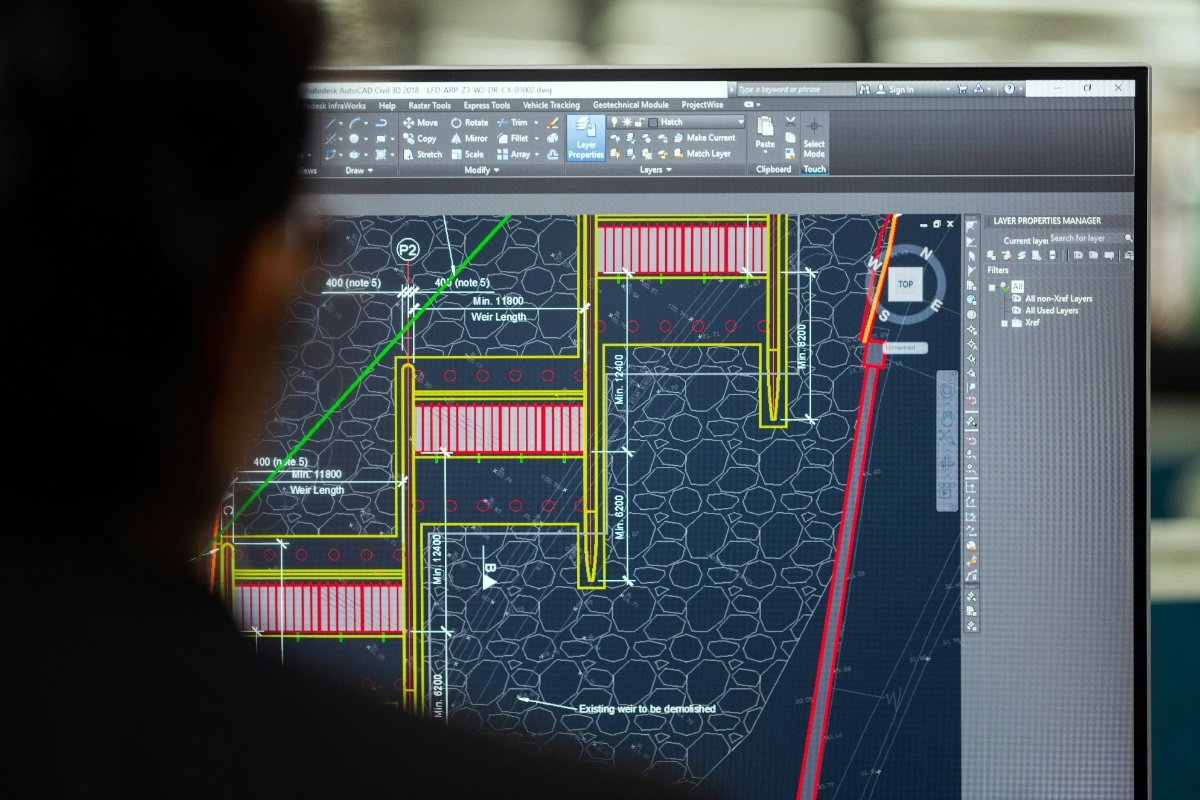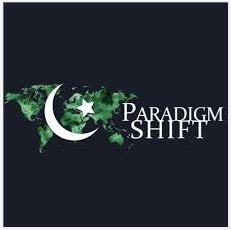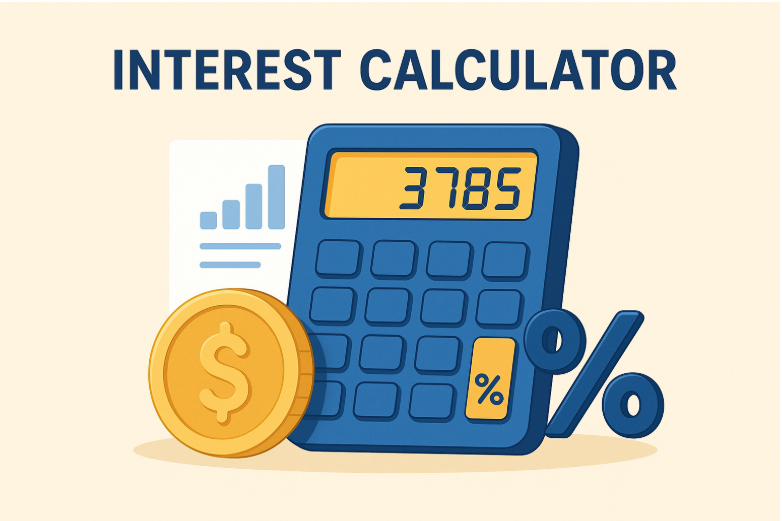
When it comes to supply chain operations, many people confuse a distribution center vs warehouse. While both play an important role in storing and moving products, their functions are not exactly the same. Understanding the differences helps businesses improve efficiency, cut costs, and strengthen their overall logistics management strategy.
A warehouse is mainly designed for storage. Businesses use warehouses to hold large quantities of goods for long periods. They are ideal for manufacturers, wholesalers, or retailers who need to stock products until demand arises. Warehouses usually focus on safekeeping rather than rapid distribution.
A distribution center is more dynamic. Unlike warehouses, they do not just store goods—they act as a hub where products are received, sorted, packaged, and quickly shipped to customers or retail stores. This makes distribution centers critical for businesses that need faster order fulfillment.
Purpose – Warehouses focus on long-term storage, while distribution centers emphasize fast movement of goods.
Speed – Distribution centers process and dispatch orders quickly, whereas warehouses may hold items for weeks or months.
Technology – Distribution centers often use advanced systems like inventory tracking and automation, enhancing logistics management.
Customer Focus – Warehouses serve as a stockroom, while distribution centers are designed to meet customer demand faster.
Choosing between a warehouse and a distribution center depends on your business goals. If you need long-term storage, a warehouse is best. But if your focus is fast delivery and streamlined logistics management, a distribution center is the smarter option.
Both warehouses and distribution centers are vital in the supply chain. Knowing when to use each helps businesses reduce costs, improve customer satisfaction, and build stronger logistics strategies.
This post has been authored and published by one of our premium contributors, who are experts in their fields. They bring high-quality, well-researched content that adds significant value to our platform.






